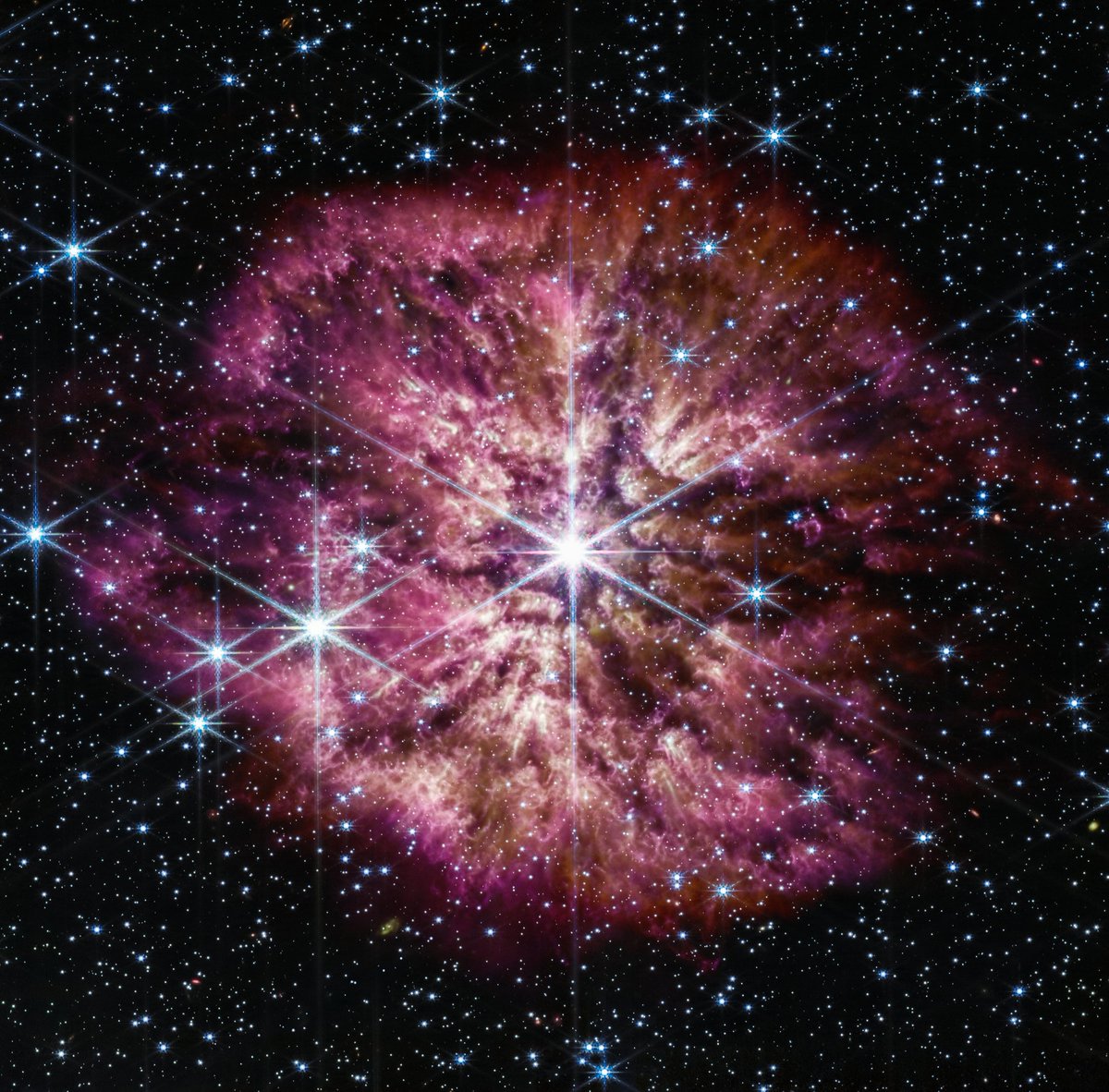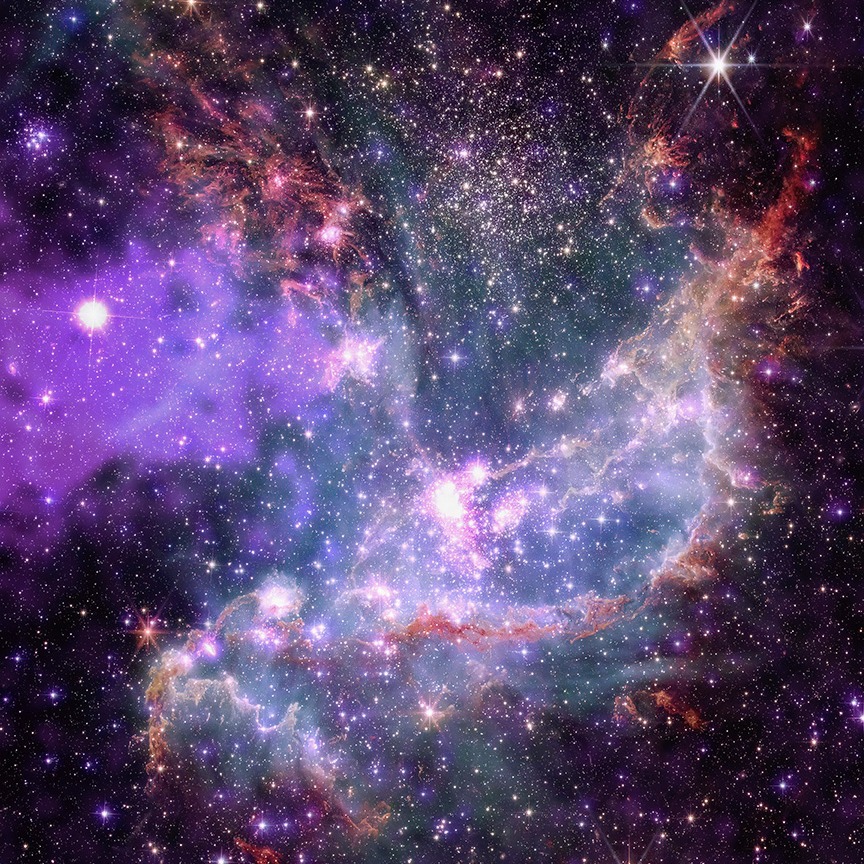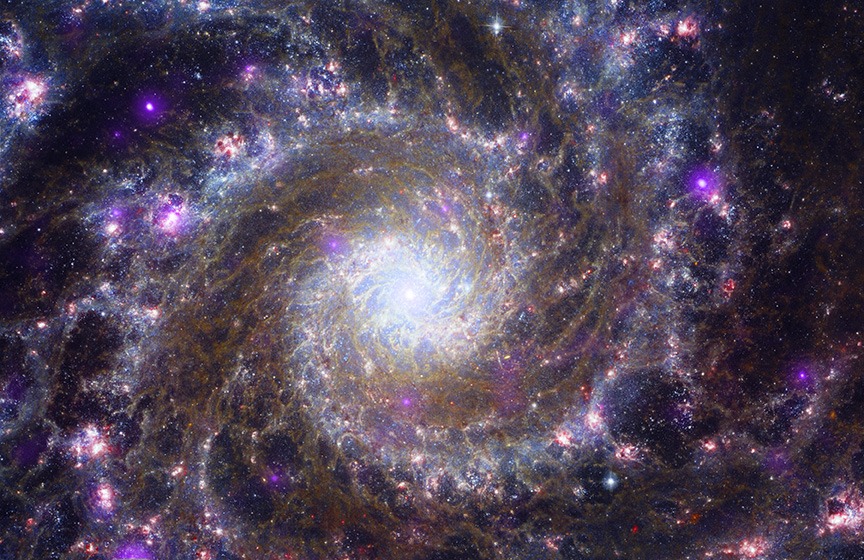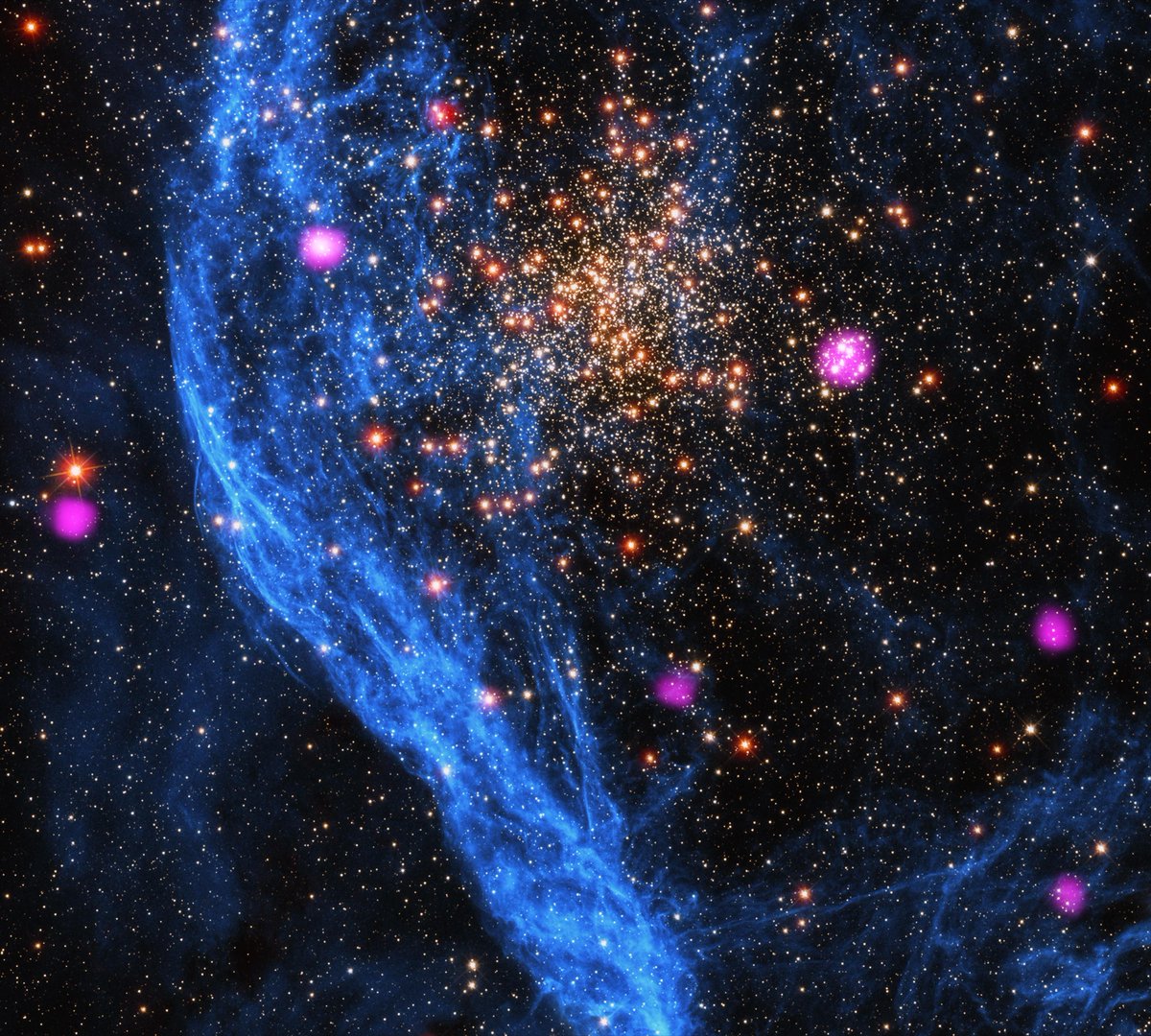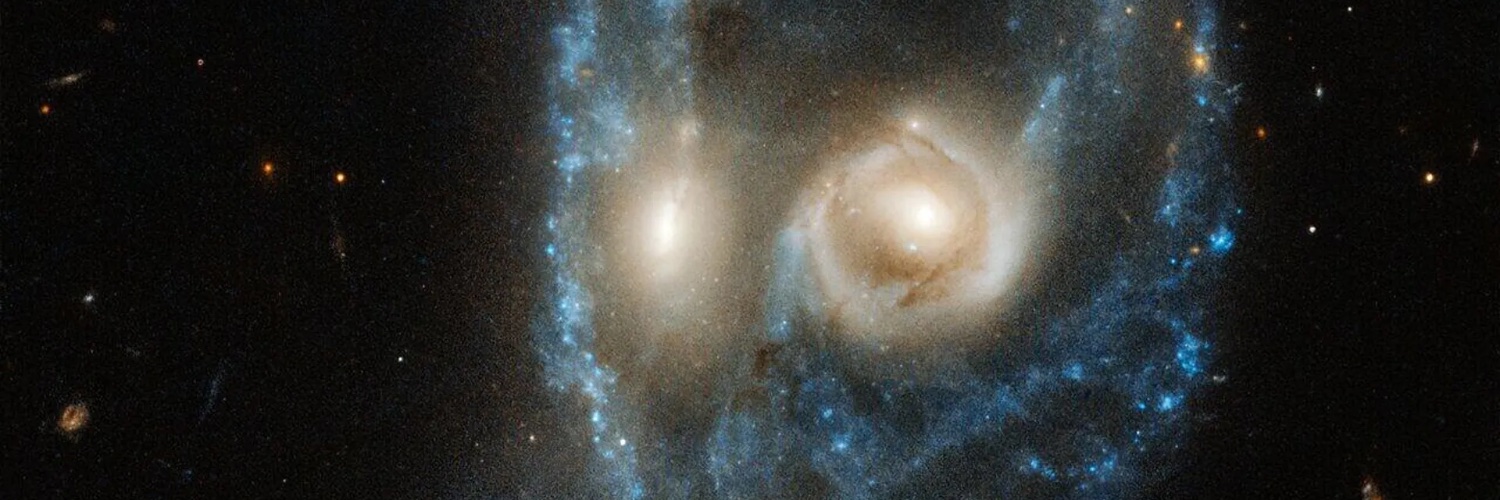
NASA 360
@NASA360
Exploring NASA’s biggest ideas across missions and directorates. Bridging science & engineering one story at a time. Verification: http://nasa.gov/socialmedia
Uranus is unlike any other planet in our solar system. It spins on its side, has 42-year-long "summers," and was thought to give off no internal heat. But scientists may have just flipped the script. By reanalyzing data from Voyager 2 and using advanced computer modeling, they…
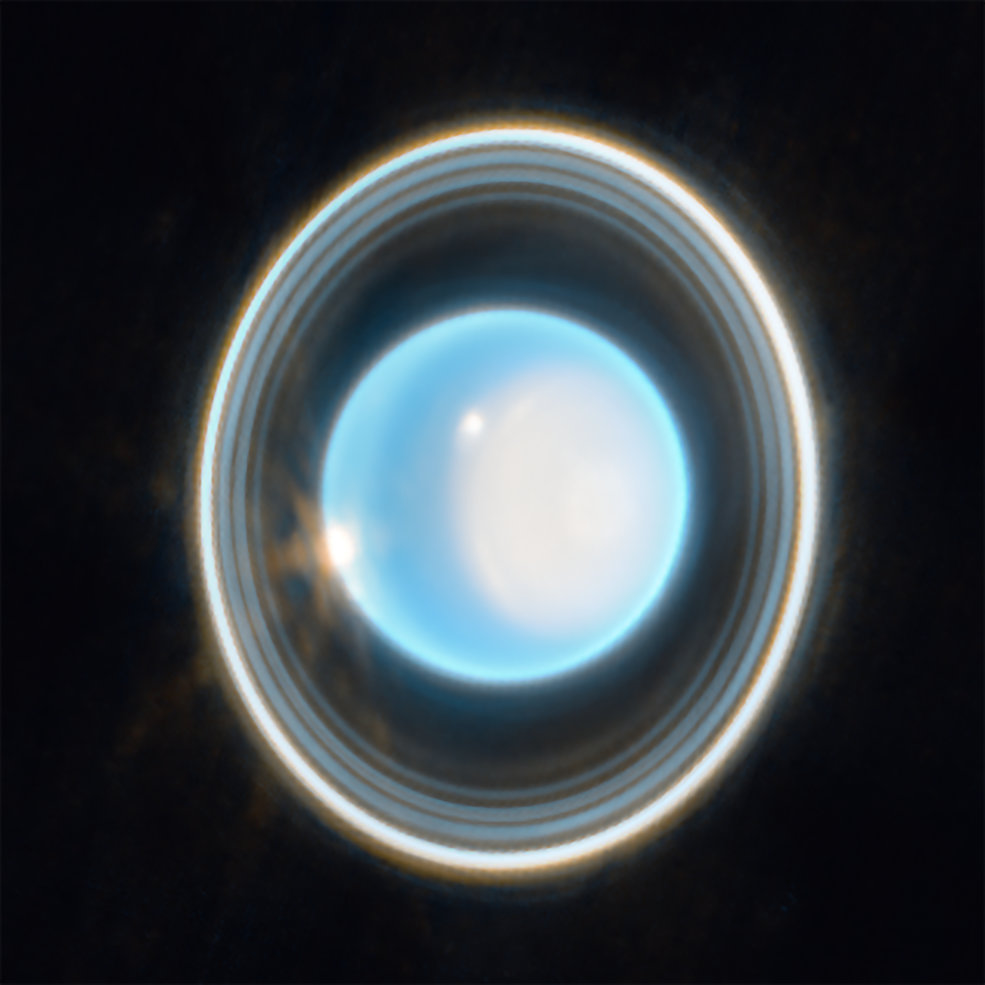
This rare cosmic duo gave scientists a closer look at how pulsars really work. Pulsars are ultra-dense, spinning stellar remnants that beam out light like cosmic lighthouses. The J1023 system helped reveal where their X-rays come from and changed what we thought we knew:…
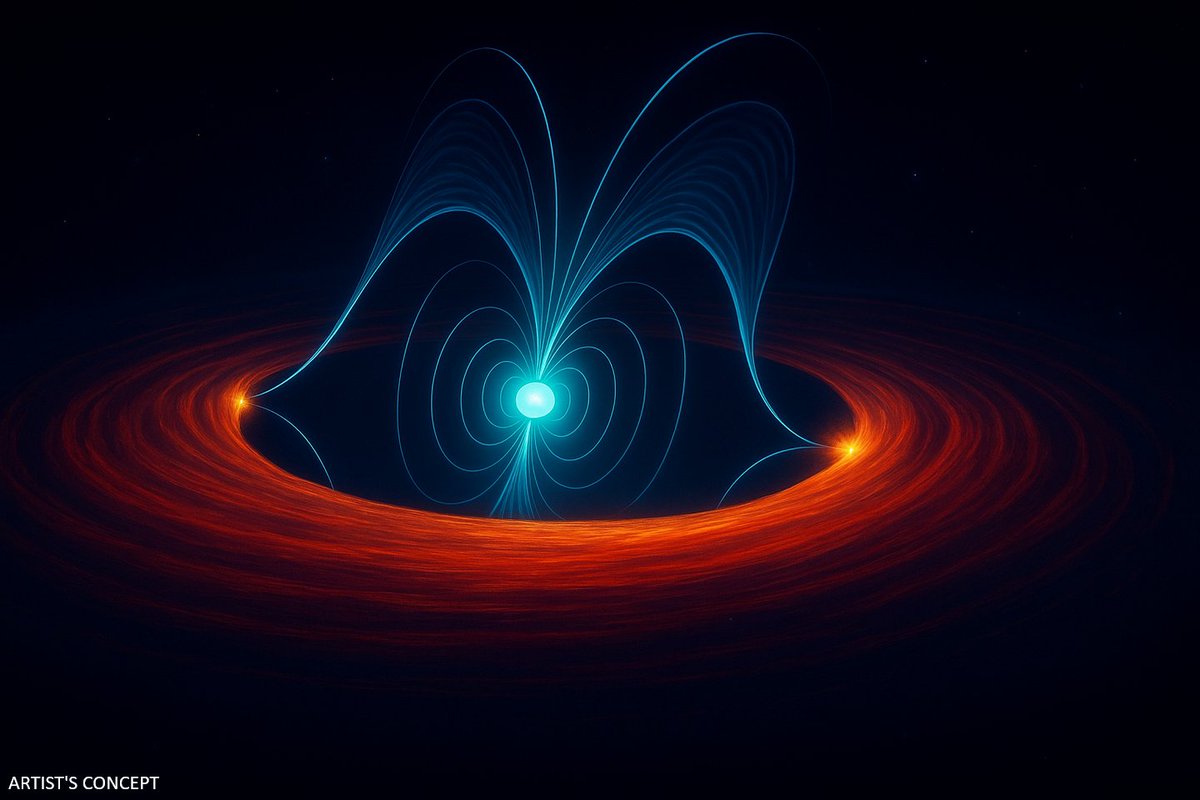
Congrats to Axiom Mission 4 on a successful splashdown! Missions like #Ax4 support research and outreach while developing the low Earth orbit economy, ultimately providing the government with reliable and safe access to space at a lower cost. Learn more about our commercial…
Welcome back to Earth, #Ax4! Today the Dragon spacecraft successfully splashed down marking the end of their successful mission to the International Space Station.
Closest. View. Ever. NASA’s Parker Solar Probe captured jaw-dropping images of solar wind streaming from the Sun’s outer atmosphere just 3.8 million miles from the surface. Observations like these are helping us understand how the Sun affects the solar system, including events…
Can’t get enough of NASA? Starting this summer, you can catch live rocket launches, astronaut spacewalks, mission coverage & jaw-dropping views of Earth, all streaming live on @Netflix. Your front-row seat to space just got cozier 👉 go.nasa.gov/4eI78fk
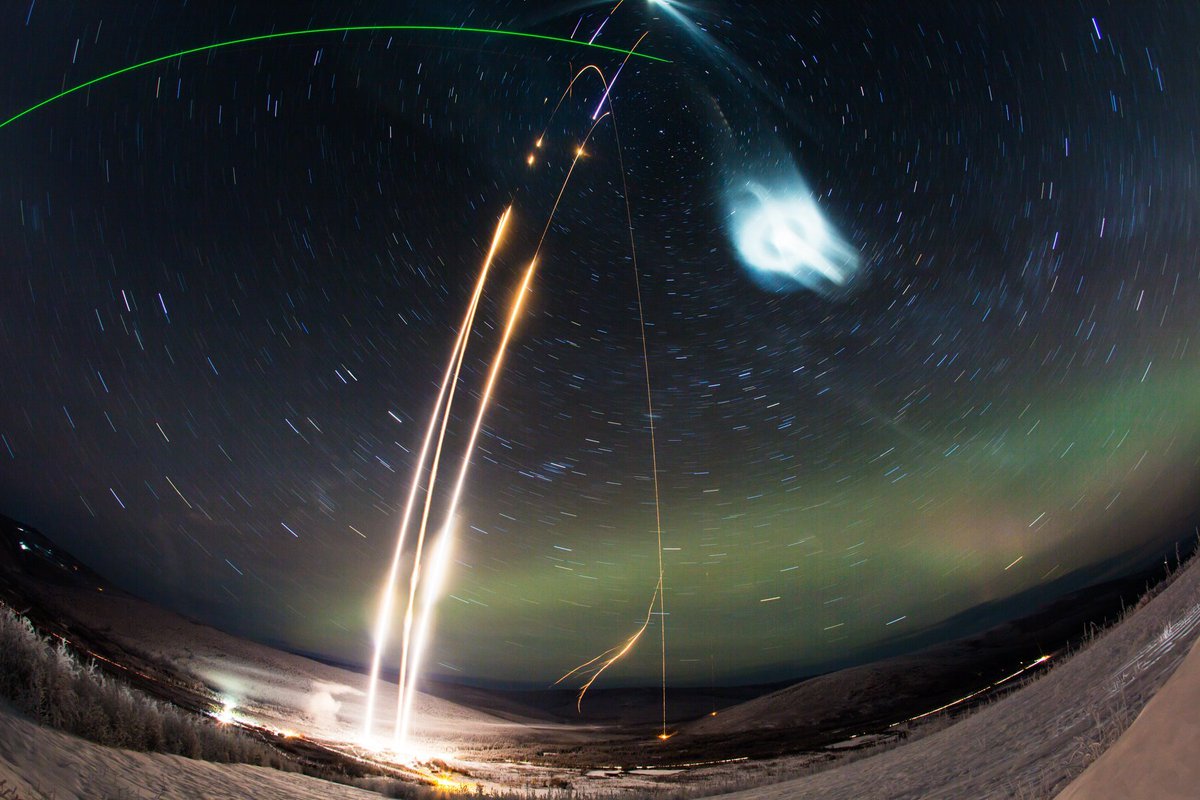

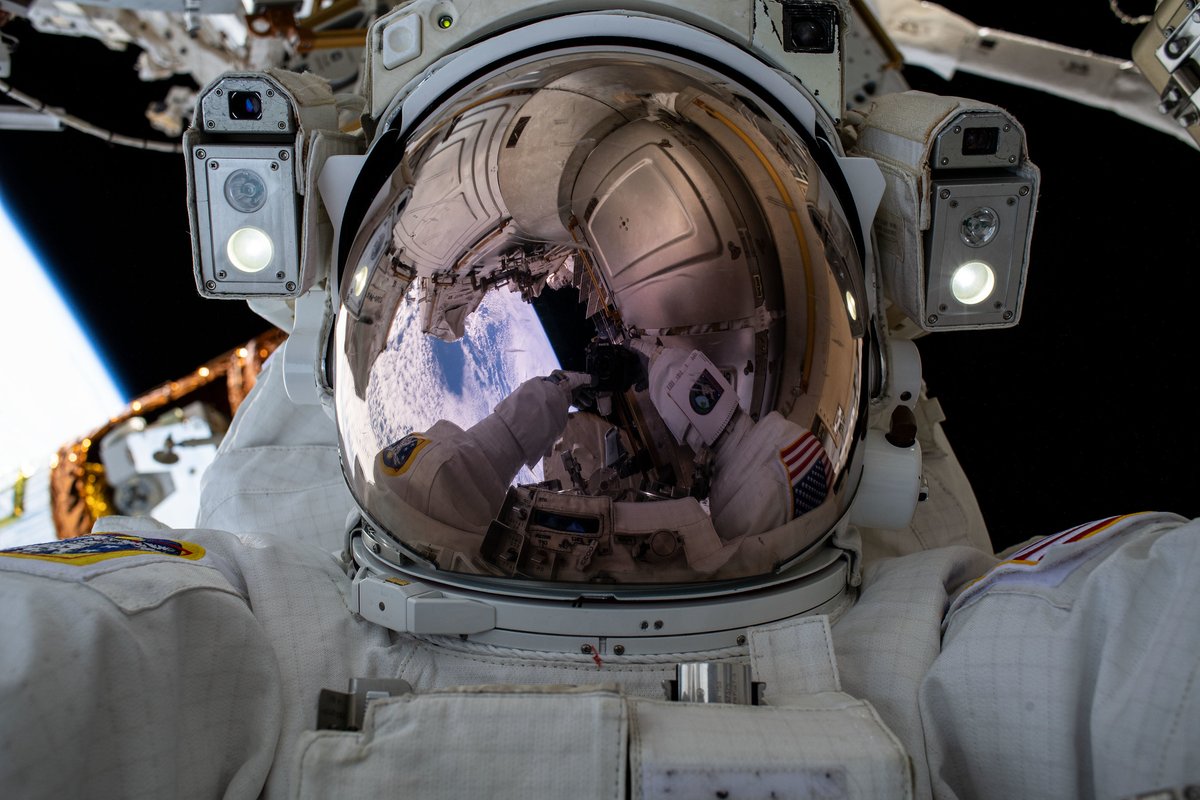
NASA’s #SPHEREx mission is mapping the entire sky in 102 infrared colors and releasing the data to the public every week. From the early universe to the building blocks of life, it’s all in there. Explore more: nasa.gov/SPHEREx
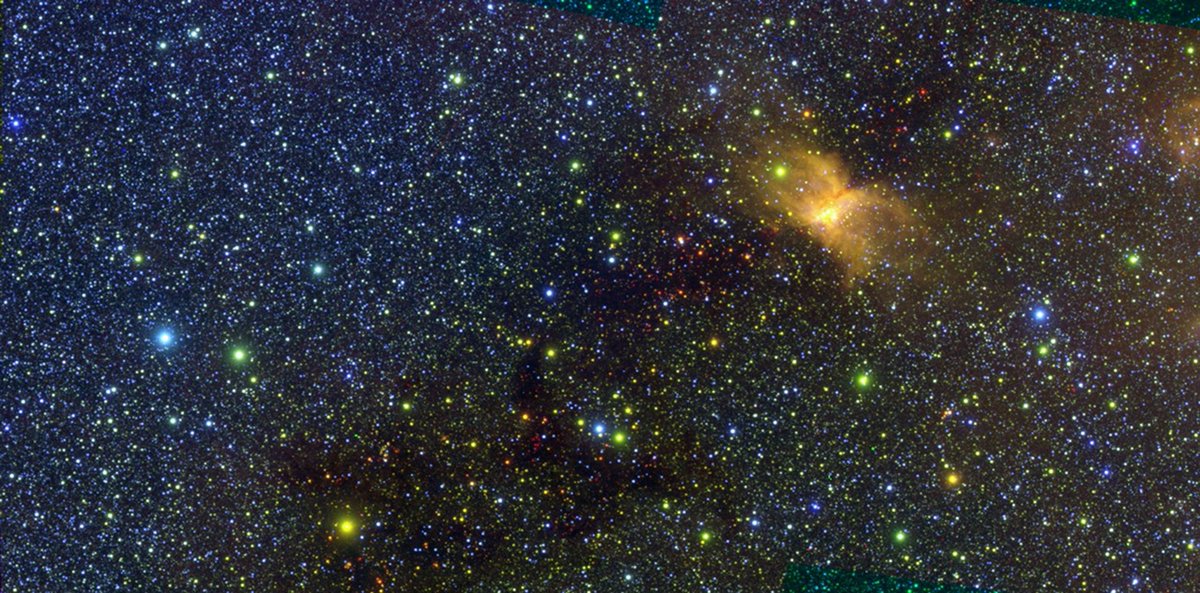
NASA's Laura Judd maps air pollution at 28,000 ft and helps communities use that data to save lives. Learn how she's using satellites like TEMPO to track pollution hourly across North America. Explore more: haqast.org
A galaxy cluster so massive it warps space itself! This @NASAHubble image of Abell 209 — a staggering 2.8 billion light-years away — reveals galaxies bent by gravity, a subtle signature of dark matter at work. Explore more: go.nasa.gov/4eN2flt
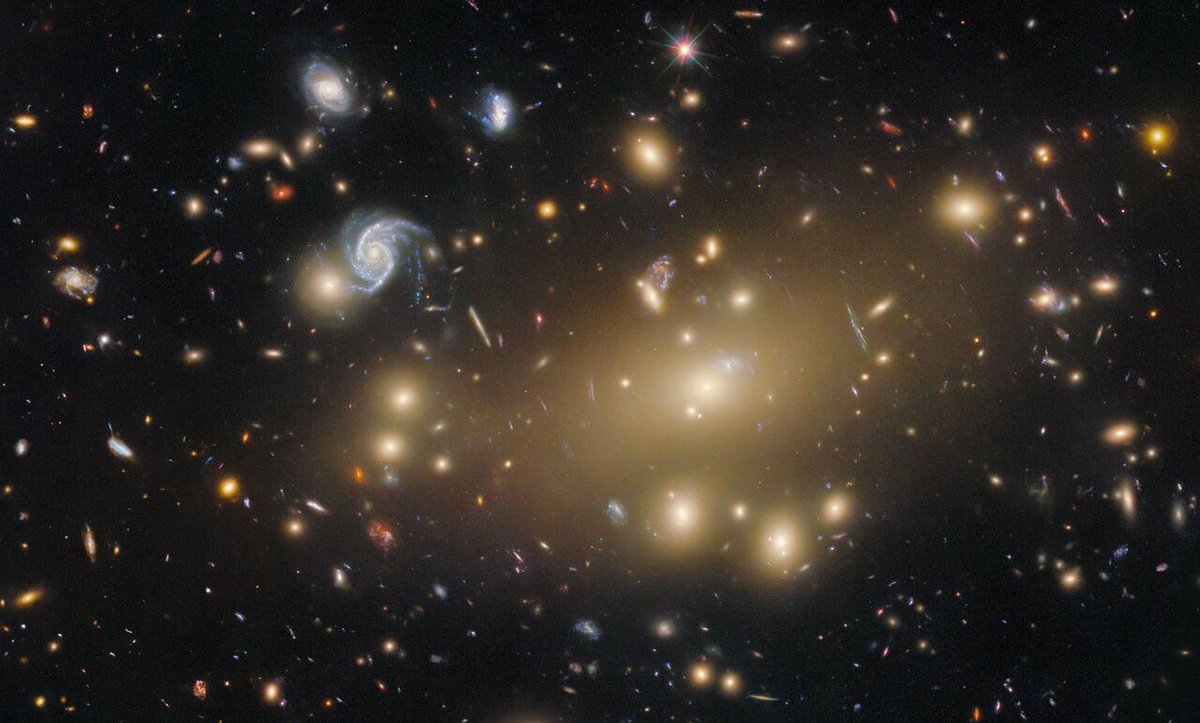
60 years ago, humanity got its first up-close glimpse of Mars. Since then, we’ve watched dust devils dance, rovers roam and helicopters hover. Take a look back at how our view of the Red Planet has evolved: go.nasa.gov/3IqRt8e
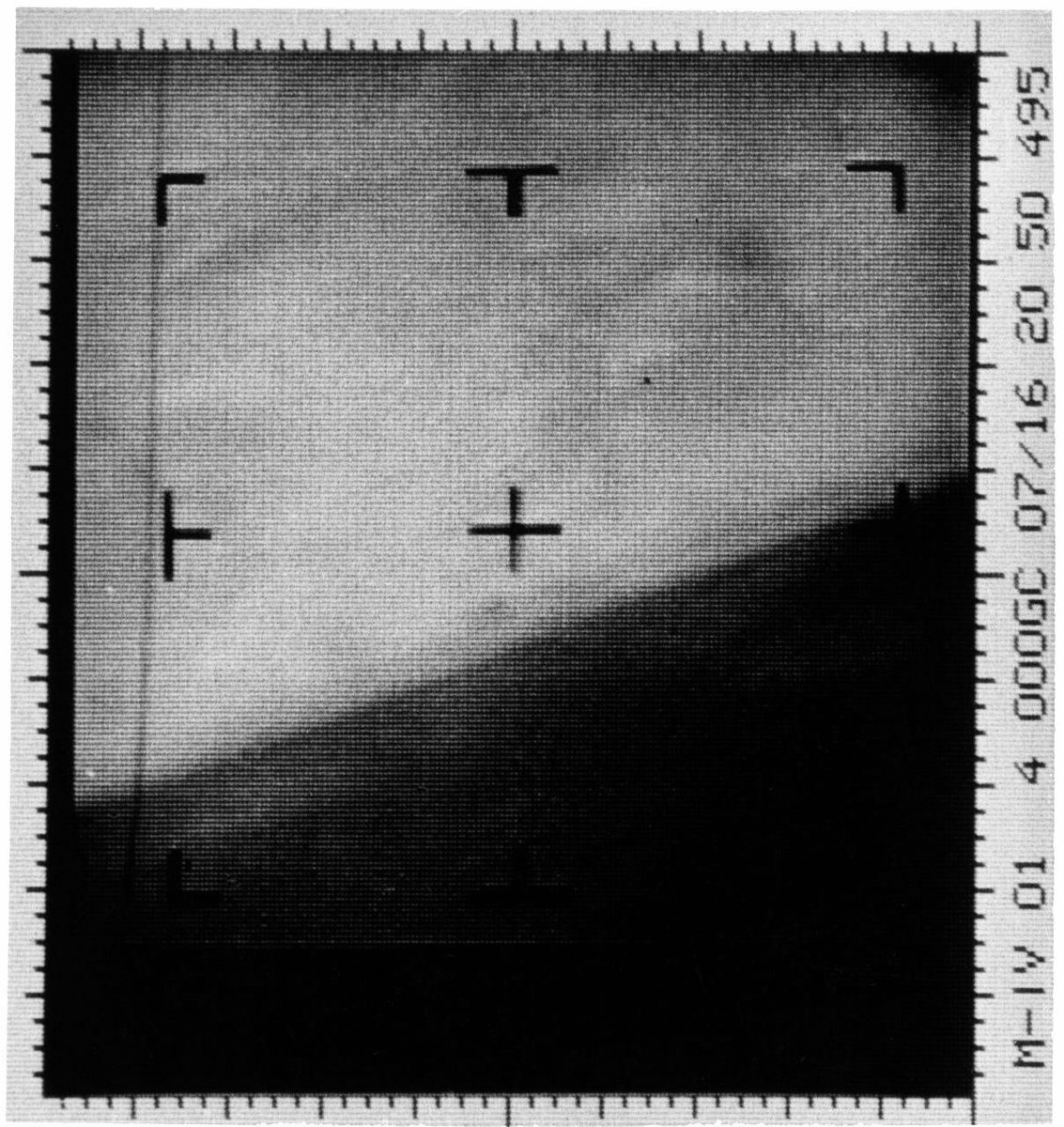
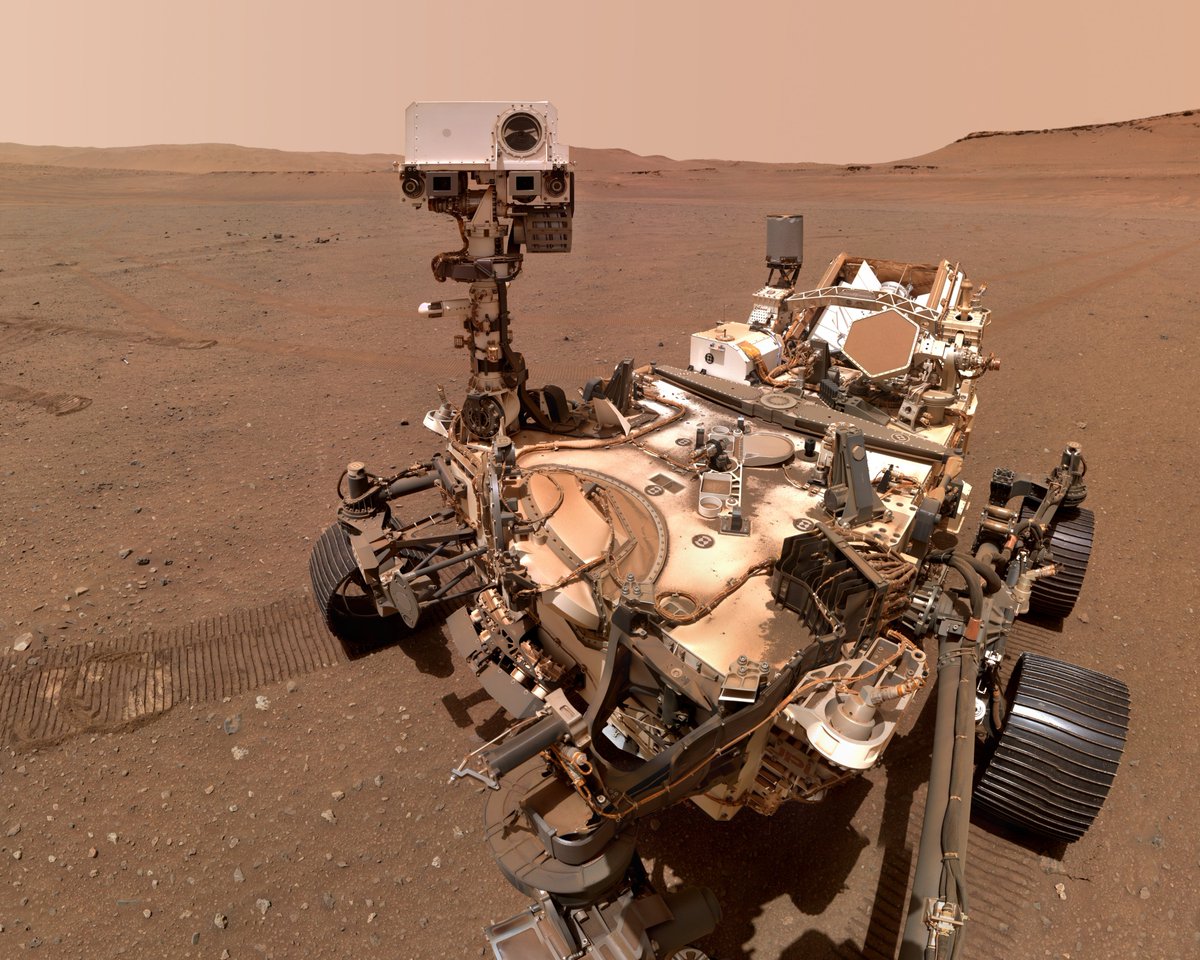
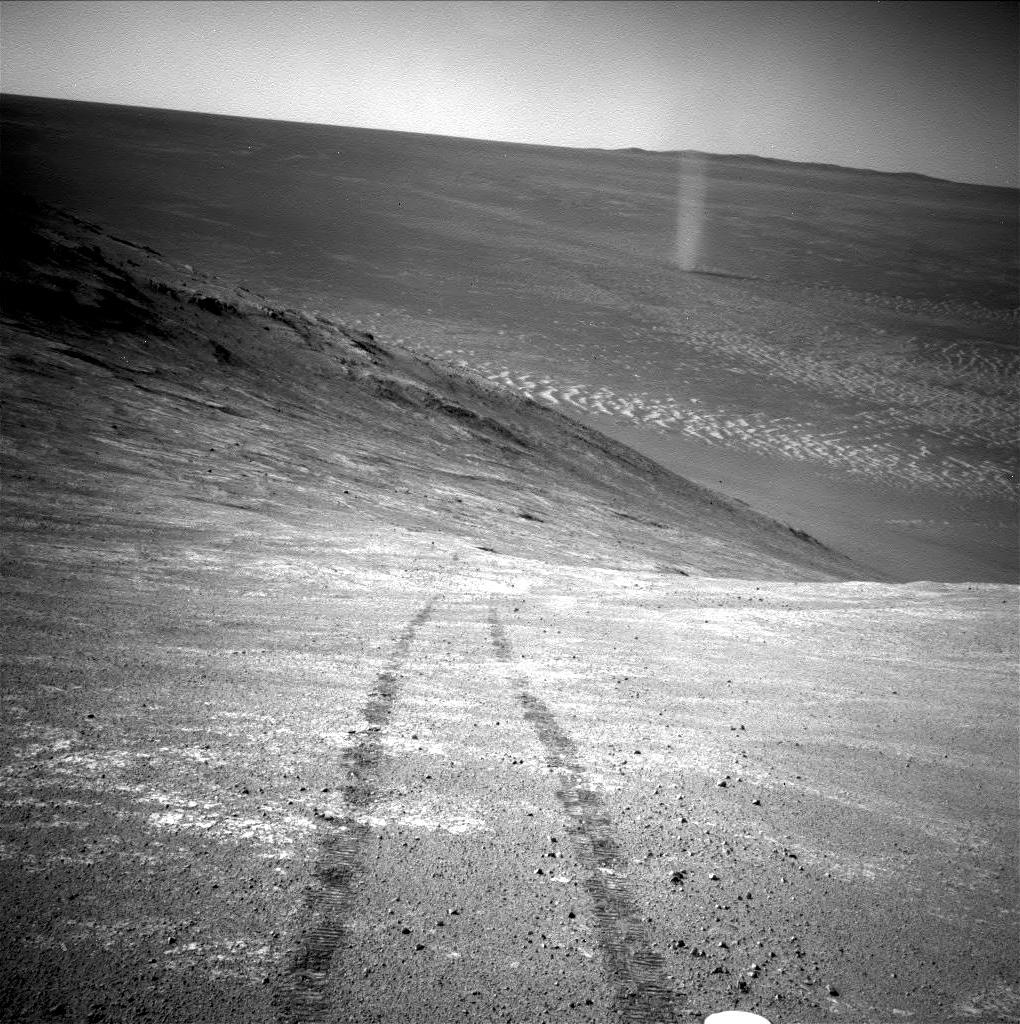
.@NASAHubble sees glowing gas. @NASAWebb sees warm dust. Together? A vast cosmic web strung between two star clusters in a nearby galaxy. This epic image showcases the power of teamwork across light-years and telescopes. go.nasa.gov/44Bx1ZM
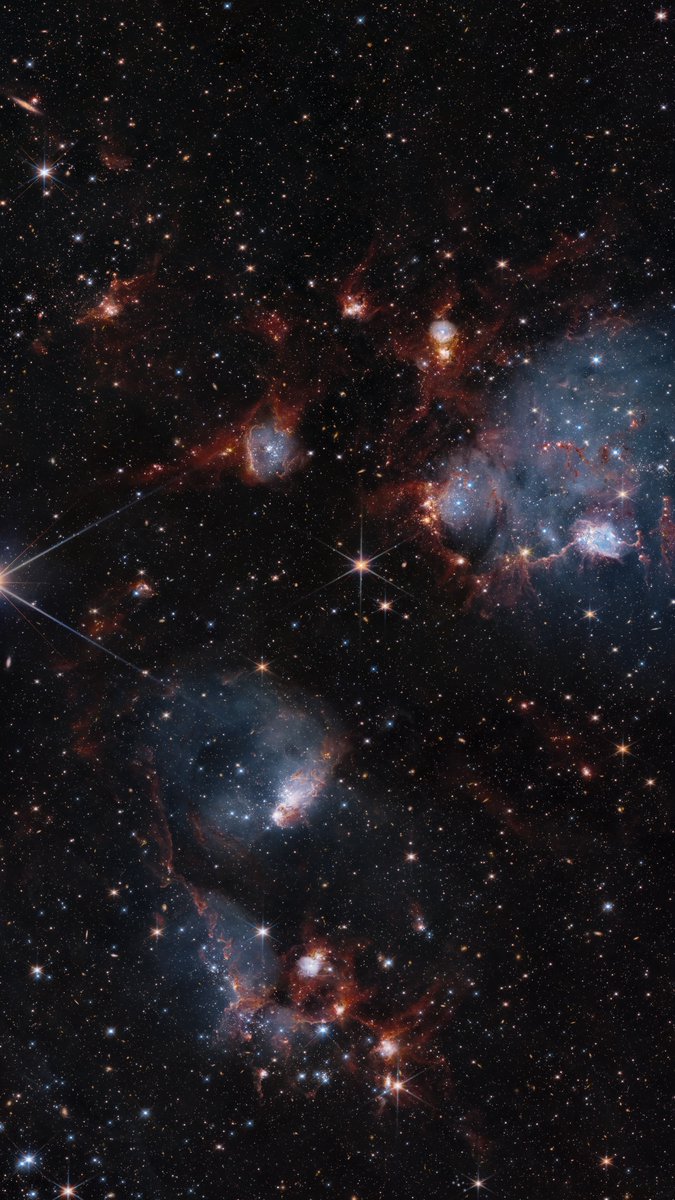
Ever wish upon a star? Try one that's 160,000 light-years away. This ancient star cluster in the nearby Large Magellanic Cloud. Globular clusters like these are time capsules, preserving stars from the earliest stages of a galaxy’s formation. Discover more:…
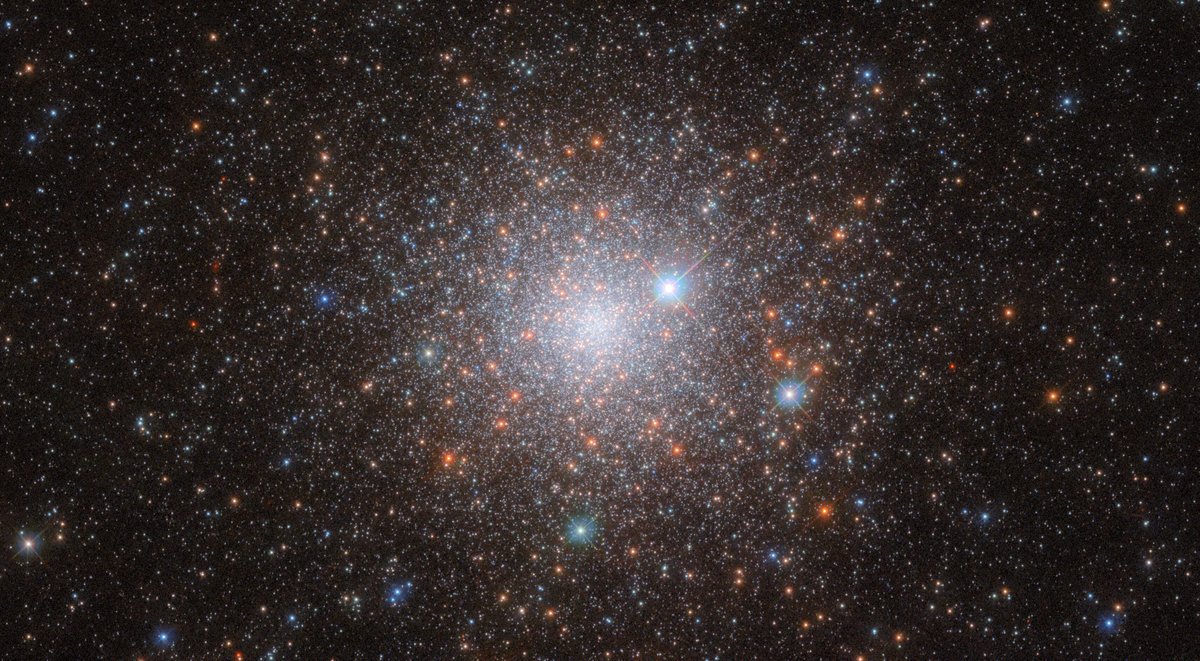
Two researchers using @NASAWebb found something unexpected in its archives: a pair of colliding galaxies with a black hole not at the center of either one. This unusual object, nicknamed the Infinity Galaxy, may hold the clues to how giant black holes formed in the early…
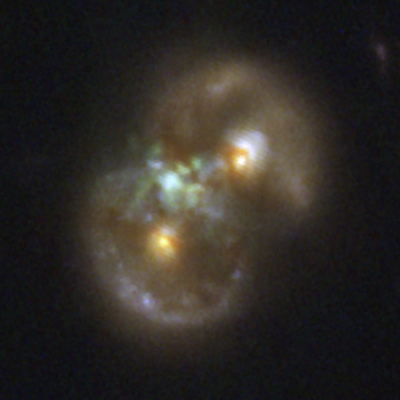
Pluto in true color. A heart-stealer then, a heart-stealer now 💖 On this day 10 years ago, @NASA’s New Horizons spacecraft captured the most accurate natural color view of Pluto yet and yes, it’s still ridiculously photogenic. More: go.nasa.gov/4lWlfQF

To mark its 3rd anniversary, @NASAWebb clawed through cosmic dust to reveal glowing “toe beans” of star birth in the Cat’s Paw Nebula. It’s cute and cutting-edge: go.nasa.gov/3U8NsHW
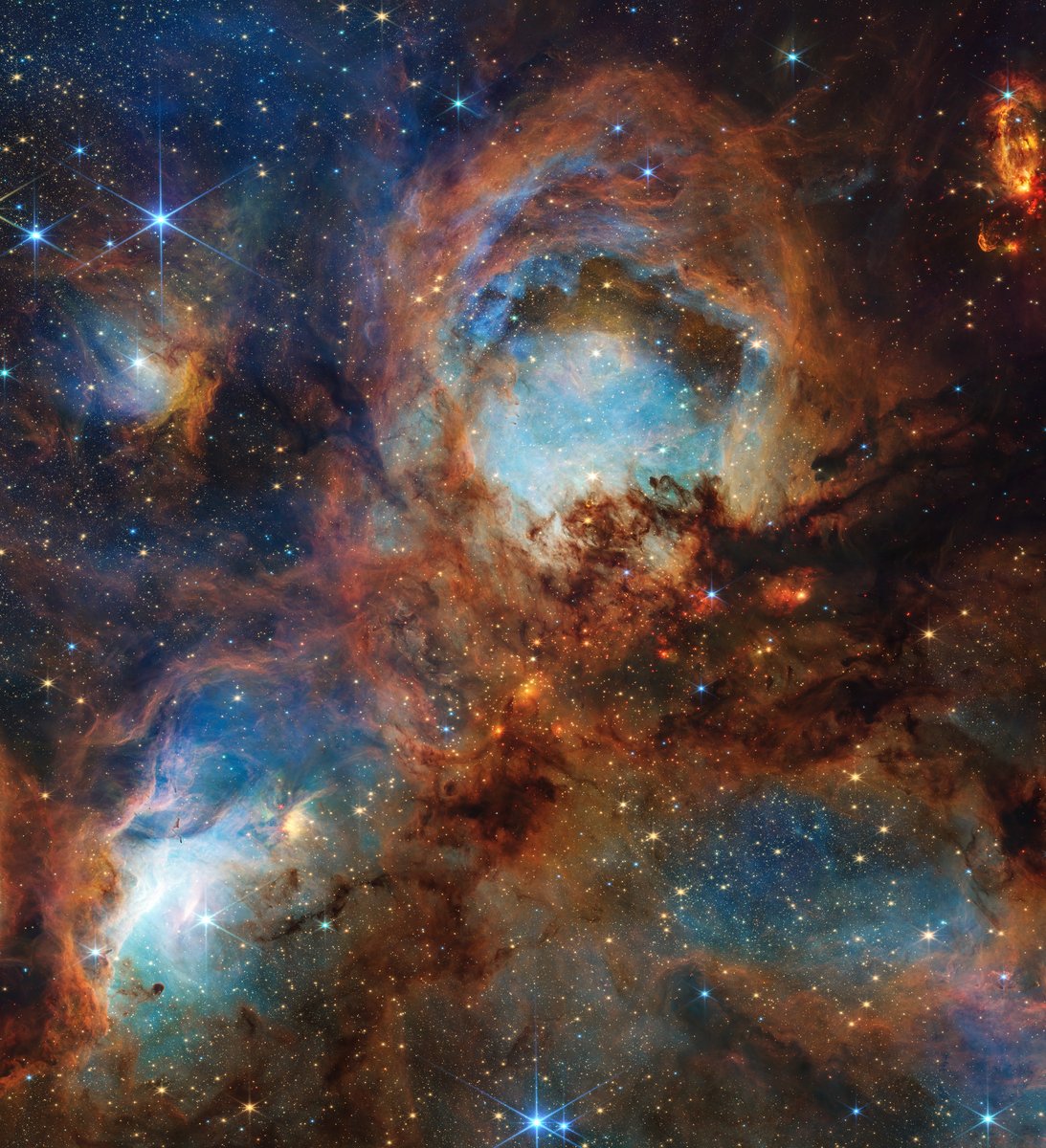
Once thought to host no planets, a new look into old data reveals the KOI-134 system actually has two, with strange, tilted orbits and gravitational tugs that throw off their timing. It’s the first planetary system of its kind ever seen: science.nasa.gov/universe/exopl…
The #LucyMission team has released new images from its flyby of asteroid Donaldjohanson, a rough, cratered, peanut-shaped relic of the early solar system. This successful pass was a dress rehearsal for Lucy’s big mission: visiting the Jupiter Trojans. go.nasa.gov/40yncKI
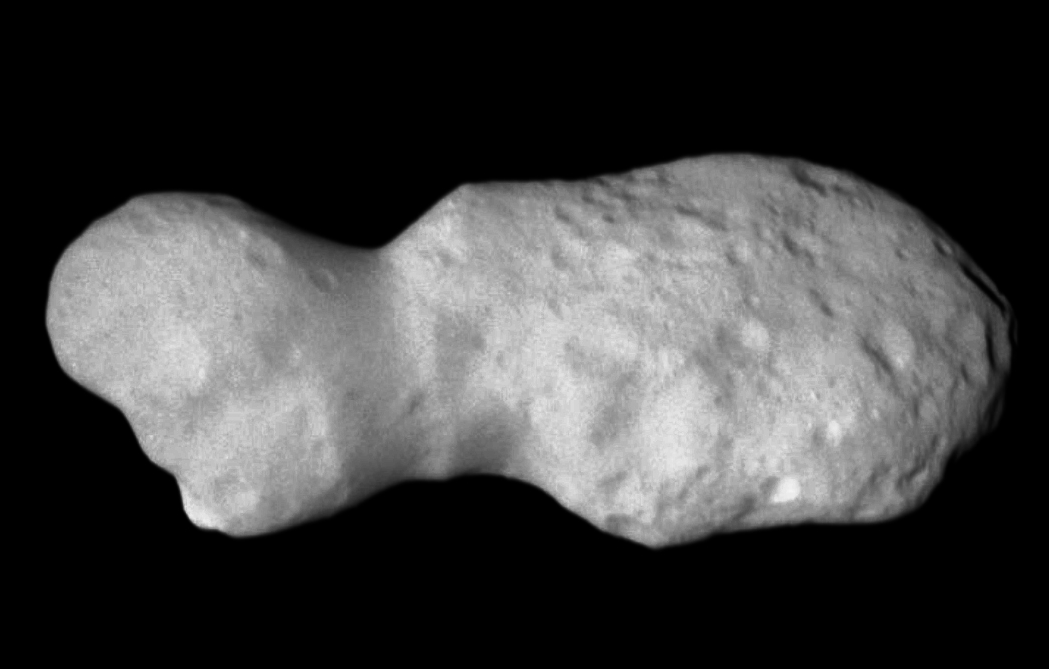
What’s up for July, skywatchers! This month, Venus will brighten your early mornings and Mars will shine bright in the evenings. Plus, search for the “eagle” constellation high in the night sky. More skywatching tips: go.nasa.gov/whatsup
There’s a cosmic tourist in our solar system. Meet 3I/ATLAS: a newly discovered interstellar comet flying in from deep space. It’ll buzz closest to the Sun this October just inside Mars' orbit. It poses no threat to Earth. science.nasa.gov/blogs/planetar…
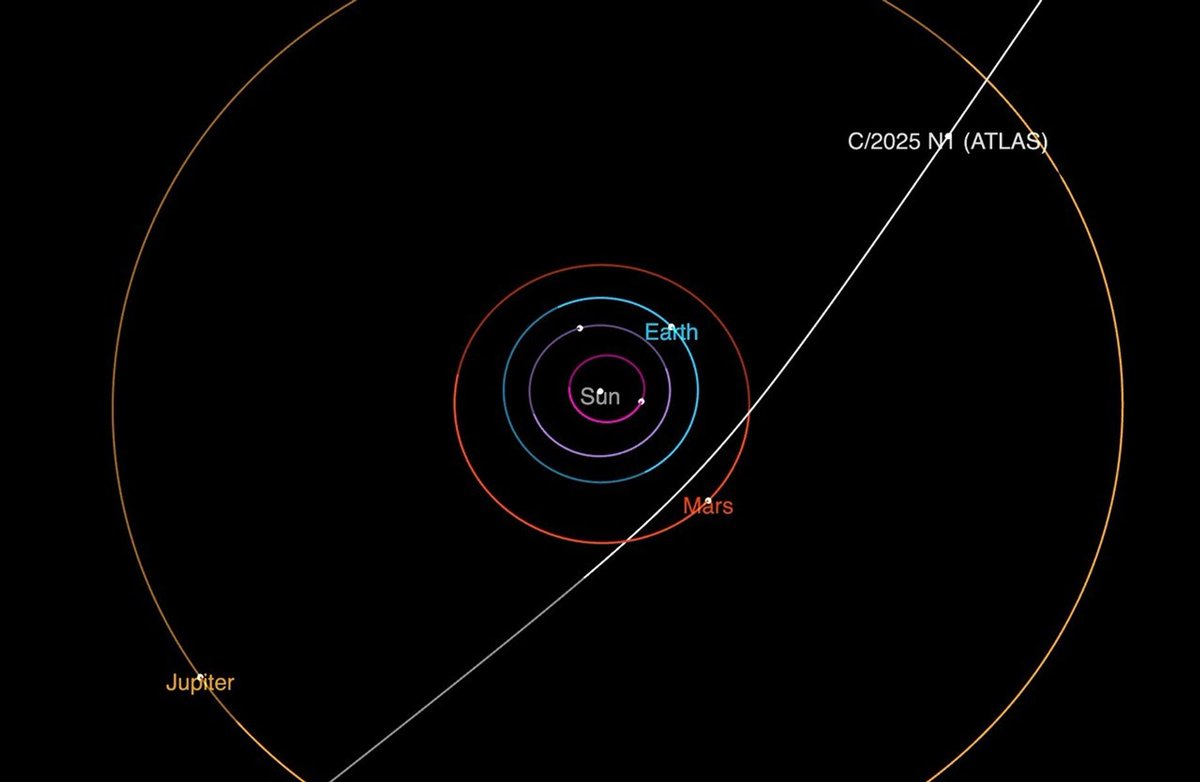
This #4thofJuly, the fireworks don’t stop at Earth’s atmosphere. Let's turn our eyes to the cosmos for some real stellar sparklers. Happy Independence Day!
